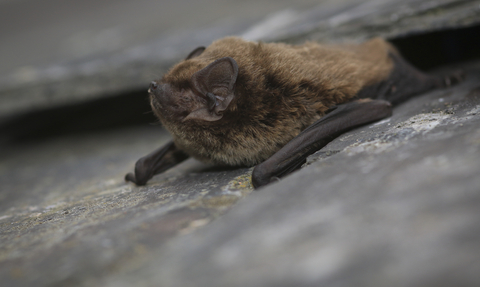
Tom Marshall
State of Nature 2024 - Bats
There are currently nine recorded species of bat in the Isle of Man. Most are believed to be long-standing, if only relatively recently confirmed, but two, possibly three, species are thought to have colonised the Island since 1950 while one cryptic species was only separated, across Europe, by DNA analysis in 1992.
Most species are associated with woodland which was sparse a hundred years ago. Most of these species also live in houses and other buildings, the number of which has also increased by at least 30% over the same period. Bat habitat and habitations would therefore seem to have increased over the last 100 years, but bat fortunes likely declined in the second half of the 20th Century, as they did in the UK. There, declines of 60% in the more common species, and 90% in the rarer species, were estimated and led directly to protection under legislation. The causes were habitat loss and loss of roost sites from building improvements, including secondary poisoning from woodworm treatments.
On protected sites (nature reserves, ASSIs and wildlife sites), and on some farms, bat species diversity and activity levels compare very favourably with selected UK sites and score highly in the comparative assessments. It is therefore safe to assume that bats in the Isle of Man are doing at least as well as those in the UK where a recent assessment found that two species had increased their population since 1999, while four species were stable. Two more of our species, the recent colonists, Nathusius’ Pipistrelle and Lesser Horseshoe, have widespread distributions in the Island.
